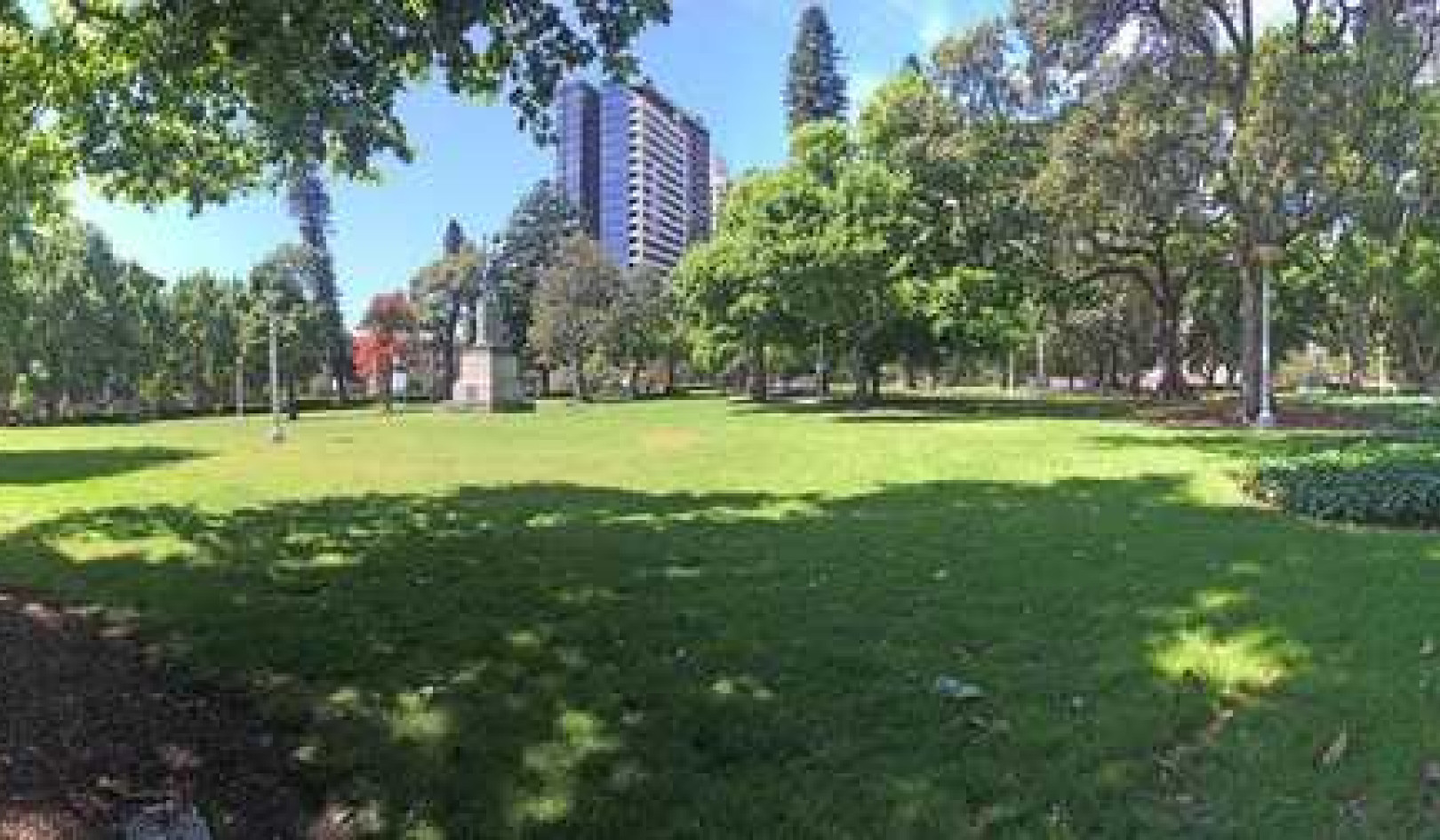
A peaceful and relaxed mind is a prerequisite to meaningful meditation. Breathing techniques as they are taught in Tibetan tradition are millennia-old methods with great contemporary appeal because they harmonize body and soul quickly and effectively.
Breathing brings about life! Despite the fact that we take breathing for granted, it still has the most important function in our body: It keeps us alive. When you pinch your nose and close your mouth for a moment, you soon discover how dependent you are on breathing.
The manner in which you breathe is, further, a mirror of your psychological state of mind: When you are nervous or excited, you breathe hastily, and when you are peaceful and balanced inside you breathe calmly. Therefore, you are able to control your breathing to calm down, to influence your psychological state when it becomes necessary.
Breathing Technique for Purification of Energy
The breathing technique for the ninefold purification of energy assists in bringing about the needed peace and quiet of the mind.
Both hands are resting in your lap (step one).
Slowly bring your left hand up to your nose while turning it palm out. Now press on your left nostril using your ring finger and start breathing slowly through your right nostril. Consciously hold your breath for a short time (step two).
While you are holding your breath, lower your left hand and rest it in your lap, then slowly raise the right one, again turning out your palm and bringing it up to your nose. Take your right ring finger and use it to close your right nostril, then expel your breath slowly and with purpose through the left nostril (step three).
Repeat this exercise three times.
Now slowly bring your right hand up to your nose while turning it palm out. Press on your right nostril using your ring finger and start breathing slowly through your left nostril. Consciously then hold your breath for a short time (step four).
While you are holding your breath, lower your right hand and rest it in your lap, then slowly raise the left one, again turning out your palm and bringing it up to your nose. Now take your left ring finger and use it to close your left nostril, then expel your breath slowly and with purpose through the right nostril (step five).
Repeat this exercise three times as well.
Finally, take three even breaths though both nostrils; hold your breath consciously and then expel it slowly and with purpose, using both nostrils. Your hands should be resting on your thighs (step six).
Once you have become accustomed to this sequence, use all your imagination possible while breathing in and out, as well as when you are holding your breath.
* While you breathe in, imagine you are taking in a great amount of purifying energy.
* While you hold your breath, imagine that these forces are thoroughly purifying your mind as well as your body.
* While you breathe out, imagine how every conflict- and transgression-related element of your body or your mind is being expelled with your slow and determined breath.
Important Considerations
Avoid taking quick breaths; instead, breathe gently and intently. While you are holding your breath, you should always be listening to your inner voice. Breathe out when you feel that you want to do so and let air return when you want to breathe in. Do not put any unnecessary pressure upon yourself. Adapt your breathing to the rhythm that suits you.
While you are closing your nostril, remember to lift your elbow up slightly, which allows the chest to open and improves your breathing. Pay attention to staying with the exercise, not allowing your thoughts to drift off. To make this possible, say to yourself the following phrases with every breath you take.
* Slowly and deeply I breathe in.
* Gently my breath I hold.
* Slowly and with purpose I breathe out.
Everyone has a different technique of breathing deeply; therefore, it is important to listen to one's inner voice and adjust this exercise in breathing to one's needs. Some people will experience nausea or dizziness when their breathing in is too long or too short, as well as when they exhale too slowly or too rapidly. Because of that, take an occasional normal breath while you are doing the exercise.
Reprinted with permission of the publisher,
Inner Traditions International. ©1999.
http://www.innertraditions.com
Article Source
The Practice of Tibetan Meditation: Exercises, Visualizations, and Mantras for Health and Well-Being
by Dagsay Tulku Rinpoche
(translated from the original German book).
 Dagsay Tulku's teachings range from introductory sessions designed to create an oasis of calmness in daily life to deep practices for cleansing and healing. He also offers traditional meditations to prepare for death, the ultimate transition. True to the rich sensory nature of Tibetan Buddhism, these meditations are enhanced with instructions for relaxing massage and an accompanying 60-minute CD of mantras.
Dagsay Tulku's teachings range from introductory sessions designed to create an oasis of calmness in daily life to deep practices for cleansing and healing. He also offers traditional meditations to prepare for death, the ultimate transition. True to the rich sensory nature of Tibetan Buddhism, these meditations are enhanced with instructions for relaxing massage and an accompanying 60-minute CD of mantras.
Info/Order this book
Related Books
About the Author
 Born in the Tibetan village of Tartsedo in 1936, Dagsay Tulku Rinpoche was discovered and recognized as the reincarnation of the previous Dagsay Tulku and brought to the famous Chokri monastery in eastern Tibet, where he came to serve as Chief Lama. Escaping persecution in 1959, he traveled to India, where he continued his studies and practice until -- upon the request of the Dalai Lama -- he accepted a post as the spiritual leader to a small community of Tibetan settlers in Switzerland. Dagsay Tulku Rinpoche teaches courses in Buddhist meditation and performs blessings and initiations. In addition to introducing the West to the spiritual practices of Tibet, he has been actively involved in the rebuilding of the Chokri monastery in his homeland.
Born in the Tibetan village of Tartsedo in 1936, Dagsay Tulku Rinpoche was discovered and recognized as the reincarnation of the previous Dagsay Tulku and brought to the famous Chokri monastery in eastern Tibet, where he came to serve as Chief Lama. Escaping persecution in 1959, he traveled to India, where he continued his studies and practice until -- upon the request of the Dalai Lama -- he accepted a post as the spiritual leader to a small community of Tibetan settlers in Switzerland. Dagsay Tulku Rinpoche teaches courses in Buddhist meditation and performs blessings and initiations. In addition to introducing the West to the spiritual practices of Tibet, he has been actively involved in the rebuilding of the Chokri monastery in his homeland.



























